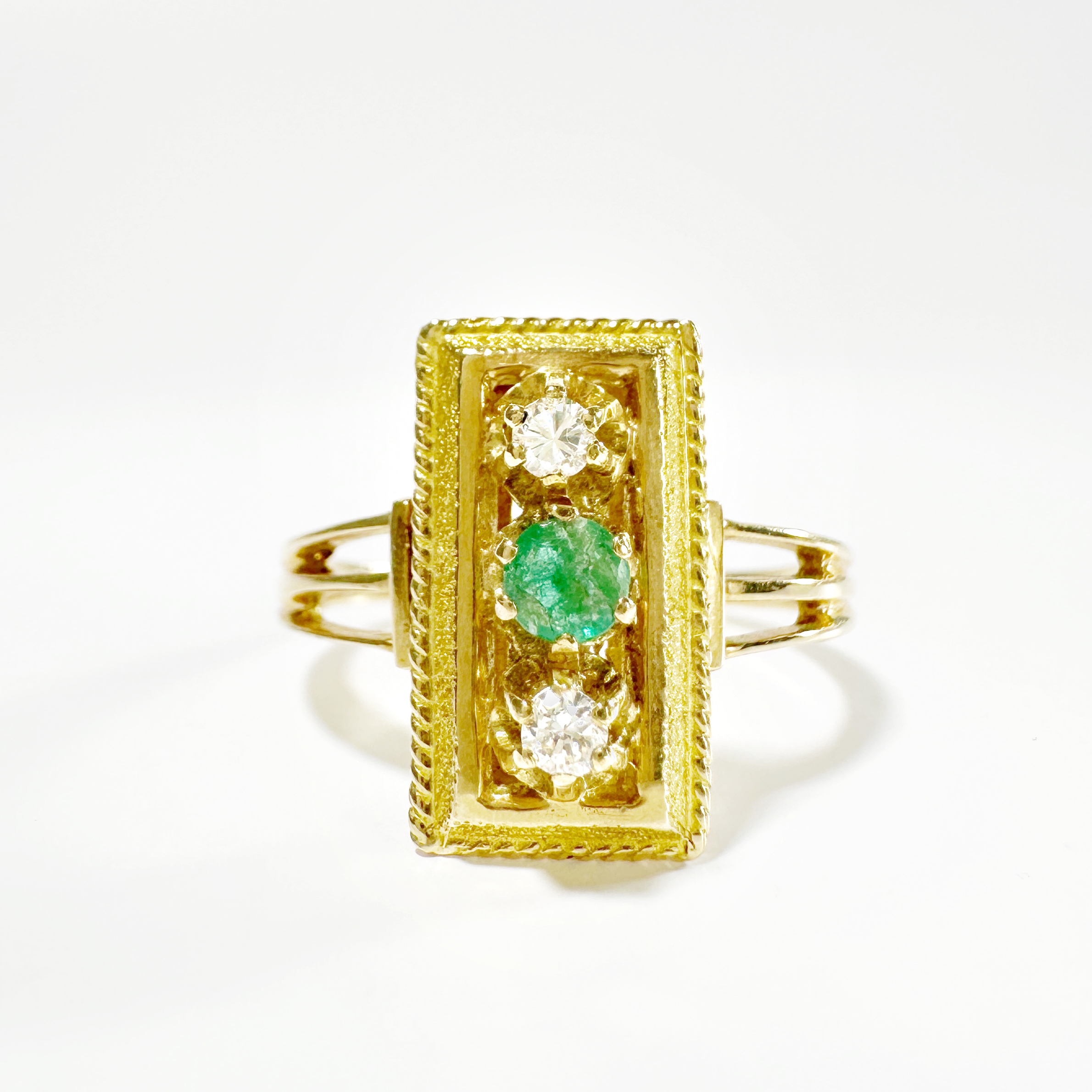After the Revolution, the enrichment of certain classes of society led to an increase in demand for luxury goods. The nineteenth century will be marked by a reinterpretation of the movements of past centuries or exotic cultures by European master jewelers.
1st Empire (1804-1814)
Under the 1st Empire, the Antique style returned to fashion. This period marked the return of glyptics, or the art of engraving stones to create jewelry such as cameos and intaglios. Later, will appear the neo-antique style especially with the creations of Castellani.
Restoration (1814-1830)
 During the Restoration, around 1825, it was the Middle Ages and the Renaissance that inspired jewelers again. This inspiration gave birth to jewelry depicting painted enamel portraits or sculptures of fantastic animals. The taste for the Renaissance persisted in the pieces presented at the Universal Exhibition of 1878.
During the Restoration, around 1825, it was the Middle Ages and the Renaissance that inspired jewelers again. This inspiration gave birth to jewelry depicting painted enamel portraits or sculptures of fantastic animals. The taste for the Renaissance persisted in the pieces presented at the Universal Exhibition of 1878.
Late nineteenth century

Towards the end of the period, Orientalism honored the civilizations of the Mediterranean and inspired jewelers. Pieces featuring patterns of Algerian knots, lapis lazuli and gold balls made an appearance. Subsequently, it was the Japonism that stimulated the creativity of jewelers with cloisonné enamel jewelry.
Finally, the discovery in 1867 of the diamond mines of Cape Town, South Africa, will considerably increase the supply of diamonds. A distinction will then be made between evening jewelry and day jewelry, a distinction that is still implicitly made today.
 en
en
 Français
Français



